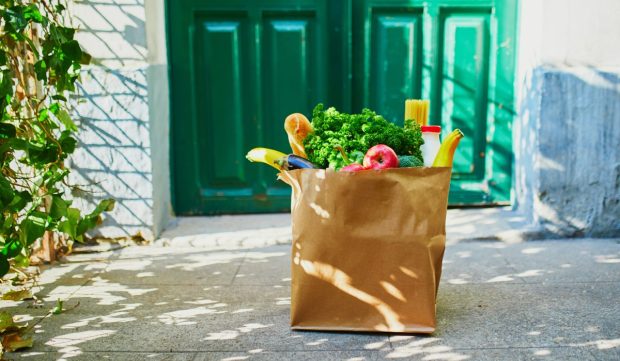
With Instacart going public Tuesday (Sept. 19) via initial public offering (IPO), grocers are rethinking their direct delivery businesses.
Some are investing more in their in-house delivery offerings. For instance, Wakefern Food Corp., which spans hundreds of grocery stores over a range of banners, announced Monday (Sept. 18) the launch of a live tracking feature at more than 200 locations, enabling consumers to see updates on the location of their order.
“Our customers rely on us to provide them with the highest level of service and convenience, and our live tracking page is another example of how we are fulfilling that commitment,” Elizabeth Goodbread, the grocer’s director of digital commerce and analytics, said in a statement.
Others are extending their grocery delivery options to include more timeslots and different fulfillment options. Walmart, the world’s largest grocer, announced last week the launch of Late-Night Express Delivery, enabling consumers to place their orders until 9:30 p.m., with the retailer delivering until 10 p.m. Similarly, grocery giant Albertsons last week debuted Flash, a 30-minute pickup and delivery service, at more than 2,000 stores across seven of the company’s banners.
Conversely, other grocers are scaling back or slowing down. Giant Food has been shuttering eCommerce delivery fulfillment centers, and Kroger, the nation’s leading pure-play grocer, has halted the expansion of its automated delivery fulfillment centers built in partnership with Ocado.
“Right now, all the energy is focused on the [facilities] we have and making sure that those are where we want them to be, where they need to be and on a sustainable basis,” Kroger chairman and CEO Rodney McMullen told analysts on the company’s earnings call earlier this month. “… We wouldn’t be to the point where we would start focusing on additional sheds until we make sure that we have a clear path on the ones we have. And we are making meaningful progress, but we still have a lot of work to do.”
For Instacart’s part, the company’s audience has not grown significantly in the most recent year, at least for its consumer-facing business. The grocery aggregator shared in a filing with the Securities and Exchange Commission (SEC) last month that orders “remained consistent” from 132.3 million in the first half of 2022 to 132.9 million in the first half of this year.
PYMNTS Intelligence’s study late last year, “12 Months of the ConnectedEconomy™: 33,000 Consumers on Digital’s Role in Their Everyday Lives,” which drew from surveys of tens of thousands of U.S. consumers, revealed that by November, 40% of consumers reported that they had ordered groceries online for home delivery in the previous month, while 34% had used a same-day delivery site such as Instacart.
Overall, demand for delivery will likely continue to grow, with consumers looking for speedier, more convenient options.
“The ability to reduce the 60 hours a year, on average, that consumers reportedly spend shopping for groceries is a big part of the friction/time value proposition that has helped Instacart scale,” PYMNTS’ Karen Webster observed in an August feature. “Many consumers are willing to trade the value of their time for the cost of the delivery fee.”